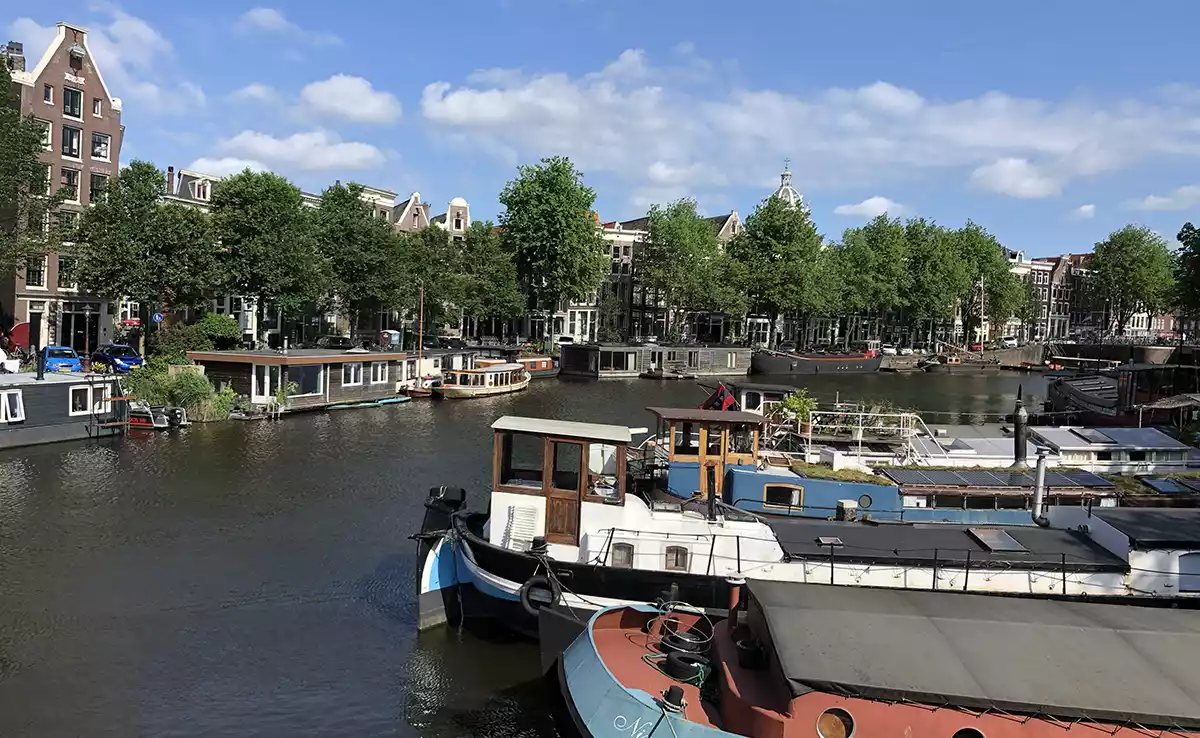
Last week I spoke about CSS layout at CSS Day in Amsterdam. It was my first time attending the conference (which, this year, was actually two days), but I’m quite sure it won’t be the last. The incredible mix of speakers and attendees with an overwhelming passion for CSS blew me away, and every talk demonstrated in-depth knowledge in the speaker’s chosen area.
With so many insightful talks it’s hard to choose a favourite, but some highlights include Bramus’s deep dive into the cascade (and Cascade Layers), Amit’s guide to creating keyframe animations and Rachel’s insights into how browsers are working together to ship new CSS features interoperably, with Interop 2022.
On Day 1, Lea gave an incredible presentation (on CSS variables) that blew everyone’s minds with what CSS can be capable of, now and in the future. Ana got many people thinking about the human side of remote work, and how employers can help empower their teams to work better, not harder.
Kicking off Day 2, Adam’s high-energy presentation on Scroll Snap showed how far the specification has come since I spent time tinkering around with it a couple of years ago. The Chrome dev tools for inspecting scroll containers look great, and I’m excited to try them out. Adam highlighted a bunch of cool use cases, tips and tricks, including building his entire presentation using Scroll Snap! You can find some examples in this useful collection he built.
Later on, Ben’s part-live-coded talk provided a welcome change of pace from the information-overload many of us were feeling by then, as we were all invited to sit back, relax, and watch the process of drawing in CSS. If you haven’t come across his work before, check out his Codepen profile full of amazing examples of painstakingly-detailed CSS drawings.
The subject I was least familiar with was scoping, and Tab demonstrated a number of ways to scope styles and use the shadow DOM. This is something I’ll definitely need to did into in more depth! Both Tab and Hui-Jing did a great job MCing and relaying questions from the audience after each session. I love Q&A sessions when they’re well run, as they often allow the audience to hear speakers’ honest thoughts and feelings in a way that doesn’t sound too pre-prepared. The questions following my own talk certainly got me thinking about ways that developers can better communicate the capabilities of the modern web to designers, and how we can work together to build more resilient UIs.
There was something to take away from every session — I feel bad not mentioning each of them individually here, as without question, every one was exceptional! If you couldn’t be there I can definitely recommend watching the videos when they’re released, if you have the chance. You can find links to slides and resources for each of the talks on the speaker page.
Those of us who were still in town the following Saturday were treated to a bonus event, in the form of a special pop-up edition of CSS Café. I managed to catch two of the talks: the first by Amit, this time on 3D transforms, where he showed us how to create the effects of a camera in CSS. It was great to glimpse behind the curtain, into how his awe-inspiring CSS creations are formed! The other talk I saw was by Elad Shechter, on responsive design best practices. It was refreshing to see someone not just blindly following what we consider “best practices”, but question and improve upon them to reflect the reality of working on a project. It certainly gave me a few things to think about. You can find a version of Elad’s talk on his website.
While CSS Day is not the cheapest conference, it’s probably the best I’ve ever been to in terms of speaker quality, organisation and atmosphere, clearly planned with a lot of love and care. Everyone I spoke to came away inspired and with a renewed enthusiasm for CSS. I’ll be eagerly looking forward to next year.